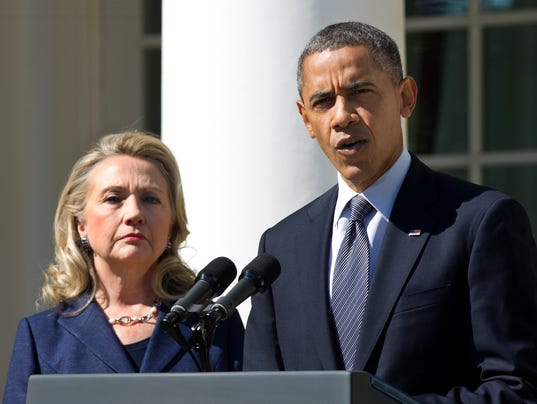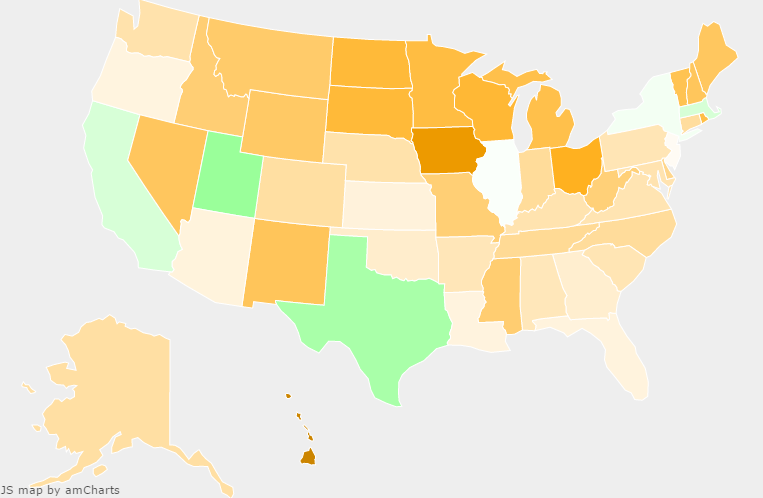Earlier this month I published a deep dive into the evolution of presidential elections in the 21st elections. The primary motivation for that, aside from better understanding the shocking result of Trump’s victory over Clinton, was to analyze the widely made observation that Clinton won the popular vote by a particularly large number of votes. Around the time of that publication, updated vote tallies from a few large states (California, New York, and to a much smaller extent Pennsylvania) allowed for another shocking headline: Clinton won more votes than Obama did in 2012.
That headline (correct though it was by 90,000 votes, or 0.15% more than Obama’s 2012 haul) served to further distract from the thesis of my piece, which was that Clinton’s campaign resulted in a significant relative dip in Democratic turnout across virtually all states. But amid the drumbeat of considering absolute vote totals across elections, one criticism of my approach was to question the utility of performing a relative analysis at all. And if it was going to be made, why choose overall voter registration to factor significantly into that analysis? This post more thoroughly considers the motivations for and alternatives to these choices to better explain why these methods probably best help us to measure differences between presidential elections.
Continue reading “techniques for comparing relative election turnout”


